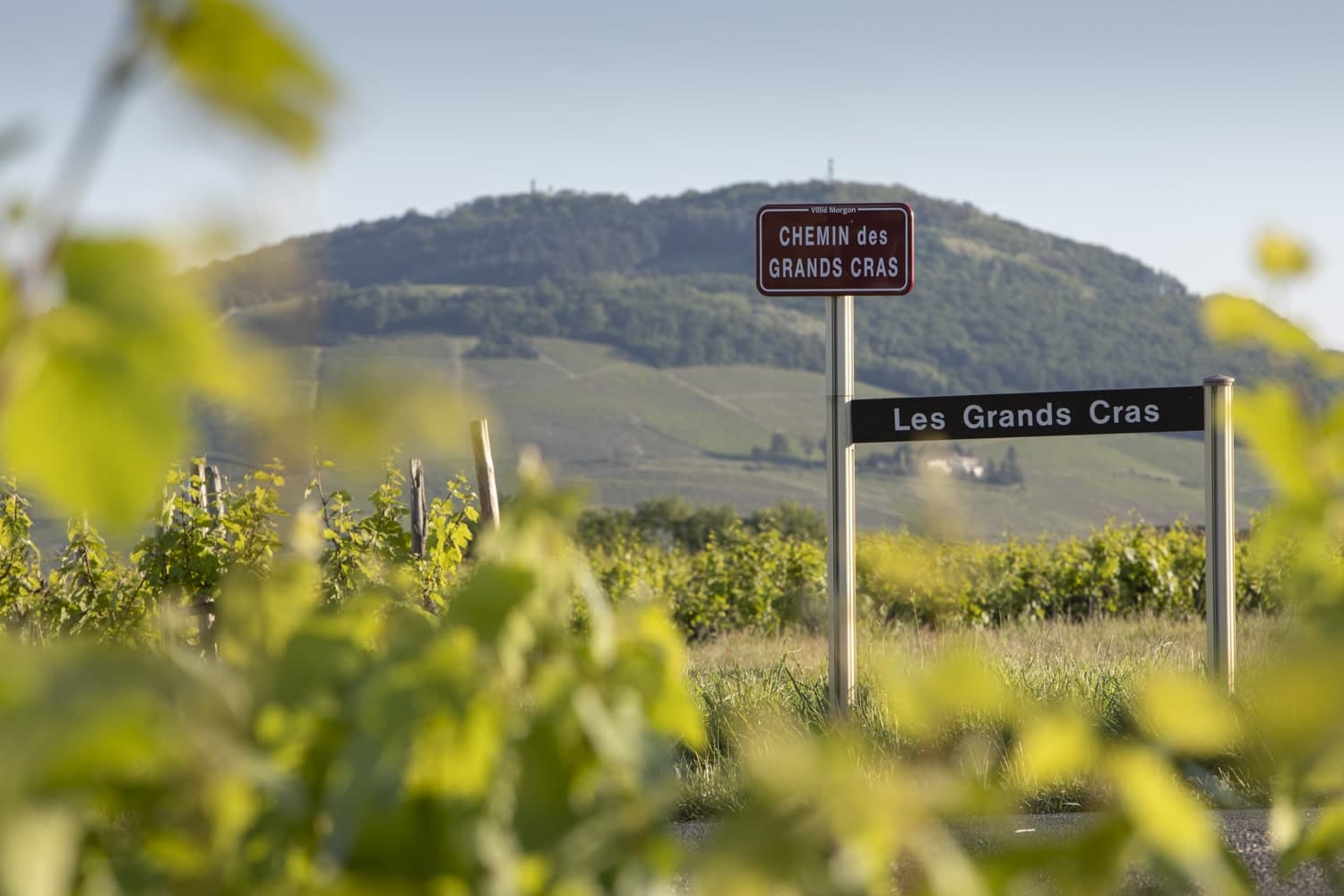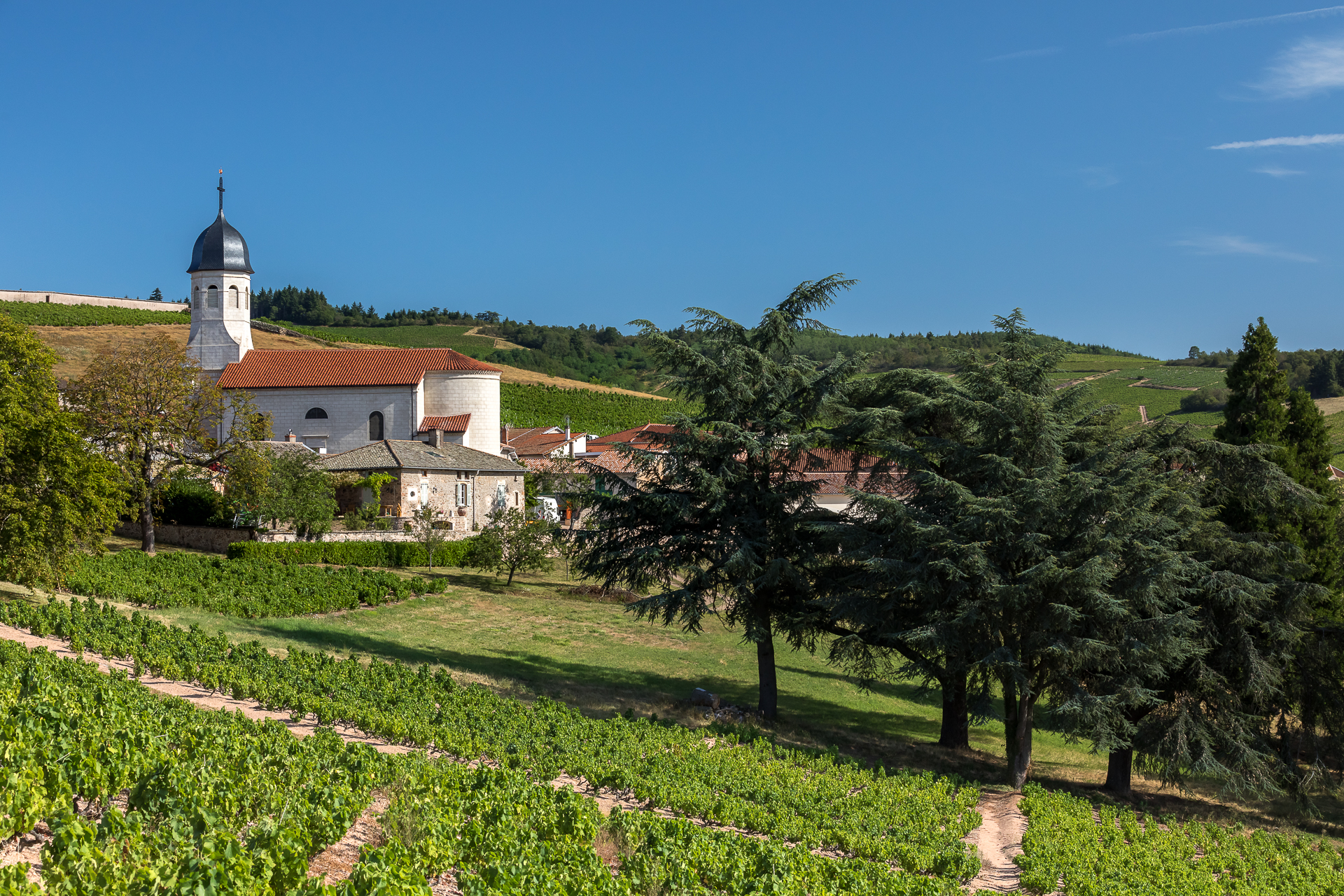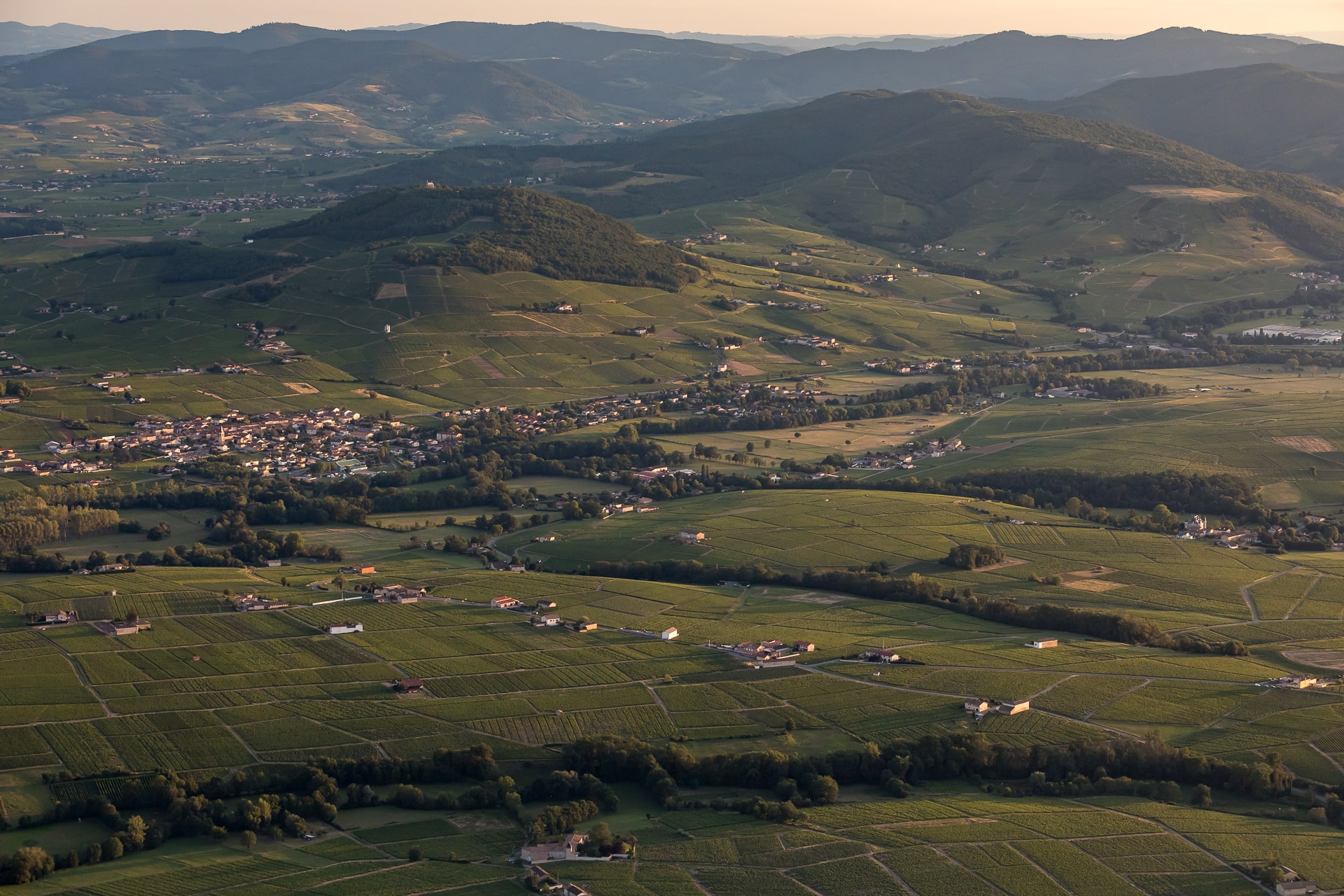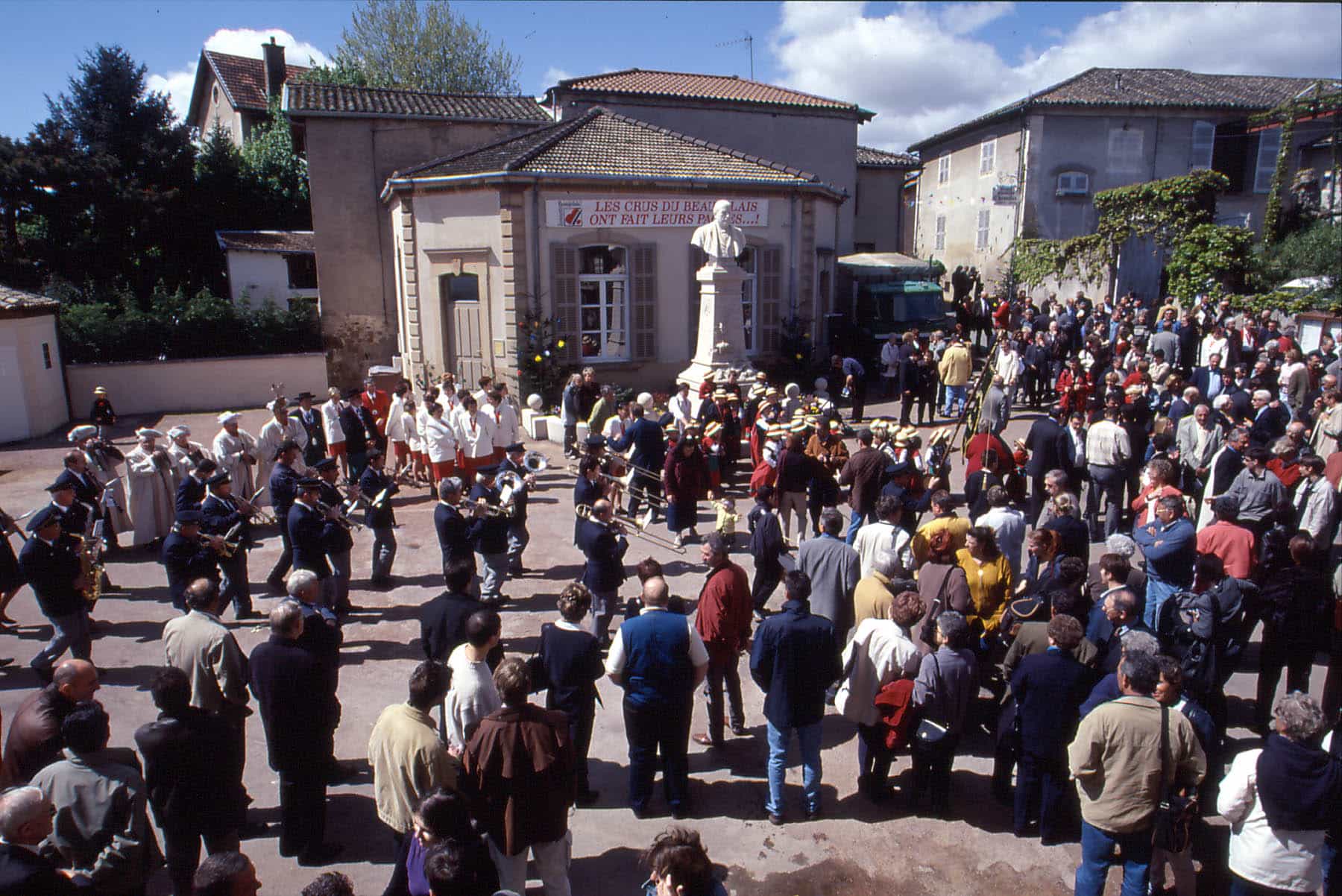
Are you a wine enthusiast or maybe just an enthusiastic wine drinker who wants to learn the art of wine tasting? Beaujolais are just the wines for you. The Gamay grape variety is expressed in 12 appellations in red and 2 in rosé. Same goes for the Chardonnay variety that comes in Beaujolais and Beaujolais-Villages white. Now that’s a winegrowing region that definitely knows how to make itself accessible!
A glassful of AOCs
Beaujolais stands out from other French vineyards thanks to the readability that characterizes its appellations. No need to remember dozens of names: Beaujolais covers just 12 AOCs. So, perfecting your knowledge of Beaujolais wines is a real pleasure.
You then need to get to know all the grape varieties and once again Beaujolais is different from the others. All the wines are made from a single variety: Gamay Noir à Jus Blanc for reds and rosés and Chardonnay for whites. Very easy to remember… After that, you move on to the next level! Morgon Côte du Py, Moulin-à-Vent Rochenoire or Fleurie
Grille-Midi: all these names prefigured by a Beaujolais appellation are in fact what are called lieux-dits, or localities. Quite often, you’ll find them on the labels of great vintages produced on the most renowned terroirs of Beaujolais growers. That in-depth knowledge of Beaujolais soils, and the winegrowers who enhance the specificities of each terroir allow exceptional Beaujolais wines to come into being. Complex wines – endowed with a great potential for ageing – to be readily shared with great friends.
A mouthful of knowledge
Often without really realizing it, people’s first introduction to the world of Beaujolais wines and perhaps wines in general, is through Beaujolais Nouveaux. Even though it’s an easy-drinking, party wine, these primeur or young wines are nevertheless fine representatives of the new vintage, and joyous precursors of the year’s Gamay character. An ideal introduction to the Beaujolais spirit!
To understand the other Beaujolais wines, you have to learn how to grasp their nuances: Morgon, Fleurie, Beaujolais-Villages, Chiroubles and Brouilly have certain similarities, but also their own personalities. Because although there is only a limited number of appellations in the Beaujolais, the wines have a range of aromas and distinct characters! There are even specific terms used to refer to particular Beaujolais wines such as “morgonner”, for example.
As your introduction to Beaujolais wines progresses, you’ll start to appreciate the structures of each appellation and understand the strengths of each terroir. In fact, which other winegrowing region pays tribute to its lieux-dits through its wine better than the Beaujolais? With a single grape variety for every color, the terroir can fully express itself thanks to the knowledge and skills of the growers.
A bottleful of training
A good knowledge of wines comes with time and over many tasting sessions. And Beaujolais wines are no exception to the rule. Take advantage of every possible occasion to open a bottle, for drinks with friends, a business lunch, a dinner party, a romantic dinner or just for the pleasure of it. Have fun trying to pick out the right bottle for each occasion to surprise and delight your friends. There is bound to be a Beaujolais to suit every occasion, it’s just a question of looking for it.
Your favorite wine merchant will always be on hand to advise and help you. But why don’t you also try looking for the information at the source? Plan a relaxing break in the Beaujolais region to take a leisurely trip along the Wine Route, visiting cellars, trying out the wines (in moderation of course!) and talking to growers so that you can take home great memories and plenty of new ideas.
And carry on enjoying the experience all year round. Take back with you 2 or 3 bottles of each appellation to store in your cellar. Then see how your taste buds gradually evolve until you can recognize a particular Beaujolais, or even every single appellation, with your eyes closed… Well, in a manner of speaking because of course the eye is the first sense to click in when you try a wine. And Beaujolais wines have a wonderful palette of ruby red colors ranging from clear, intense and deep to garnet hues…
Any introduction to wine tasting in general and to Beaujolais in particular takes time. You get to know Beaujolais wines progressively: there are the simple, uncomplicated Beaujolais Nouveaux wines to indulge in almost as soon as they are produced in the Beaujolais and Beaujolais-Villages winegrowing areas and then there are the 10 more complex and refined crus. Give it a go!


